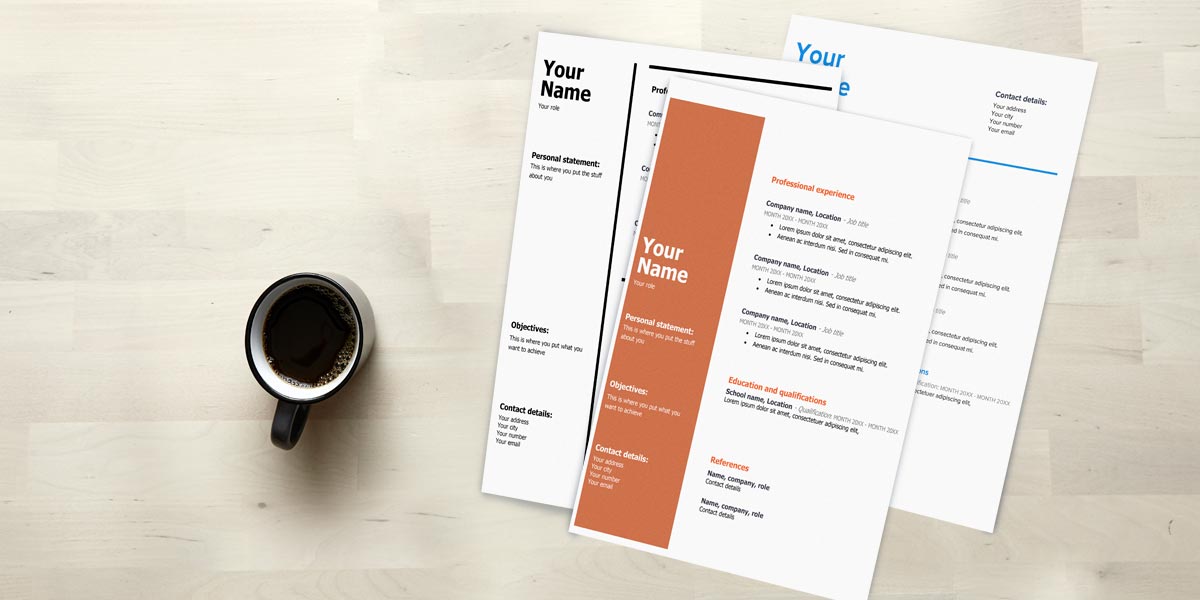Careers advice
How to write a great New Zealand CV (with free templates)
A good CV can make all the difference to your job hunting hopes. Check out our must-read advice and free templates.
Last updated: 16 October 2025
How to write a CV: what to include
1. Your name and contact info
Choose from one of our CV designs, then fill in your details.
2. Your personal statement and objectives
Use positive language in your personal statement and objective, but keep them concise.
3. Your work history
Volunteering and internships should go in your past experience section.
4. Your qualifications
You should list qualifications in reverse order, starting with the most recent.
5. Your referees
What not to include on your CV
Only include information relevant to your application.
How to format your CV
Author
Other articles you might like









